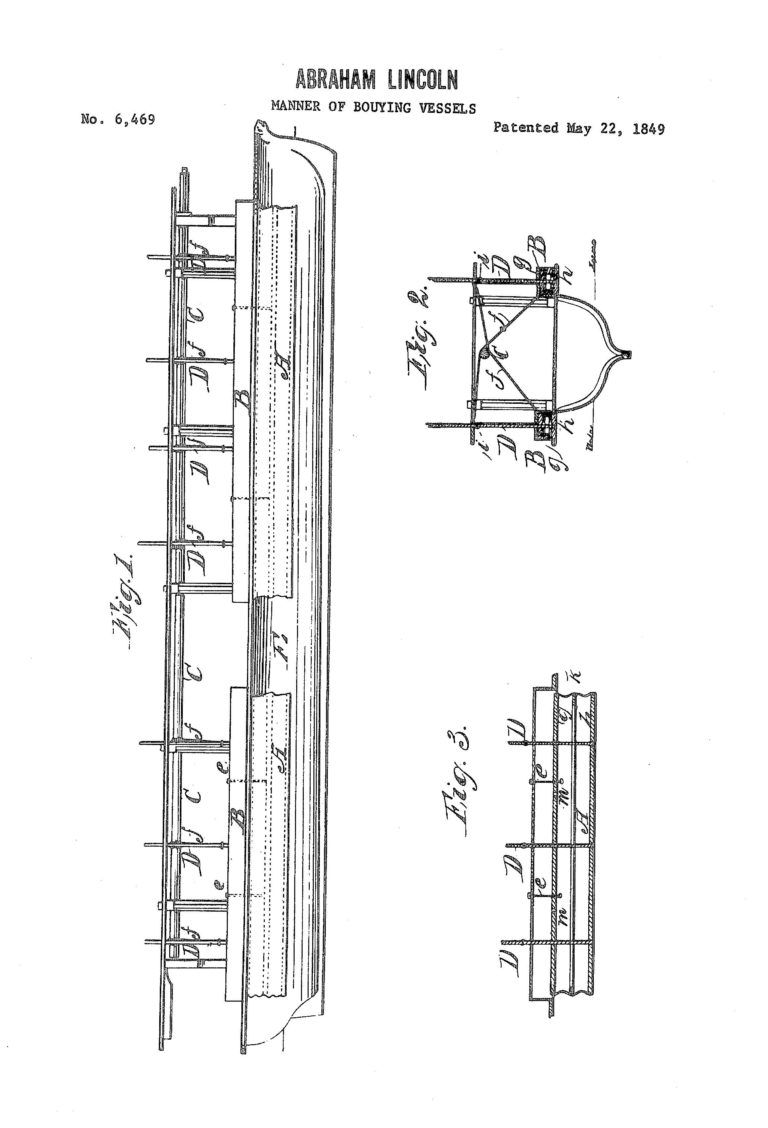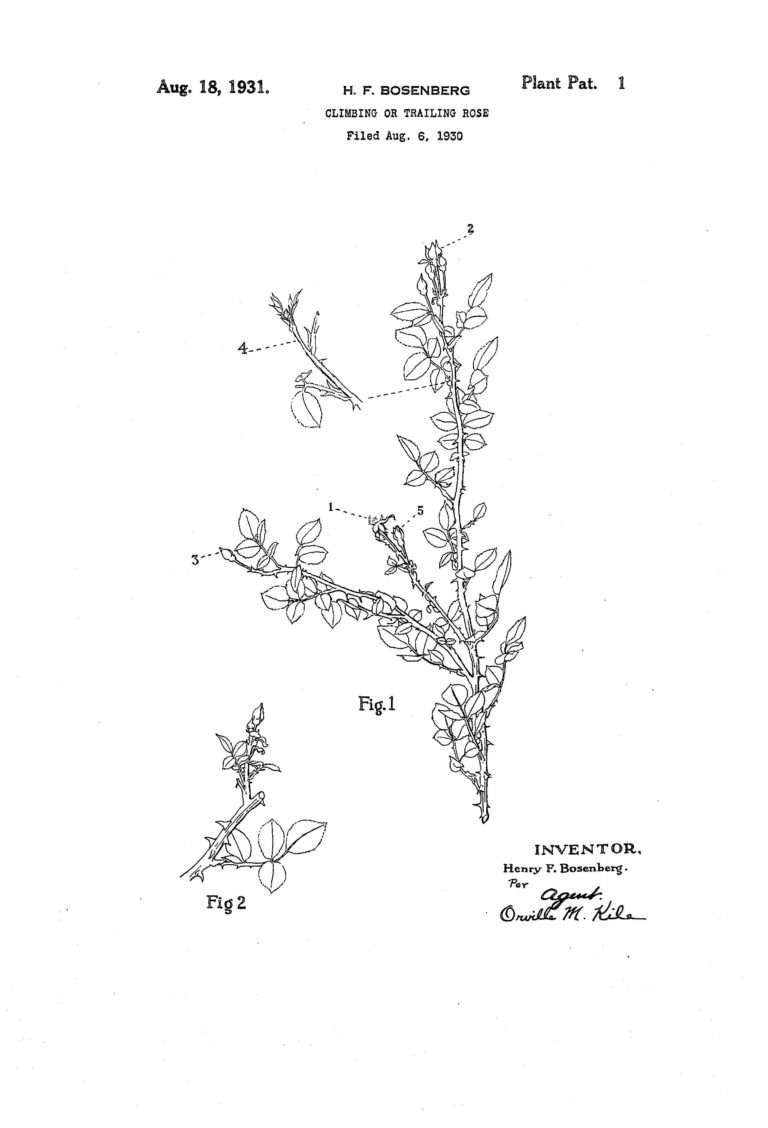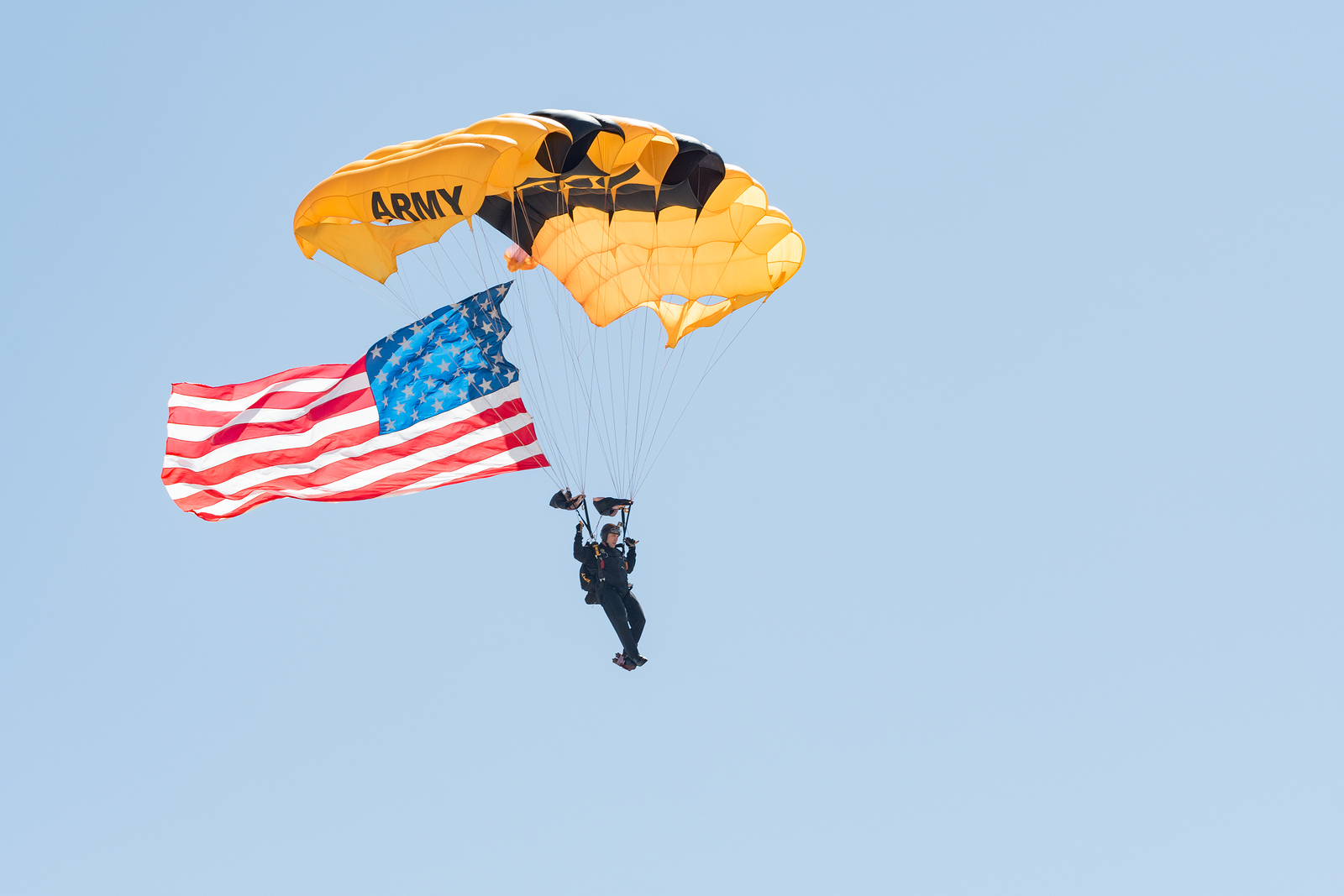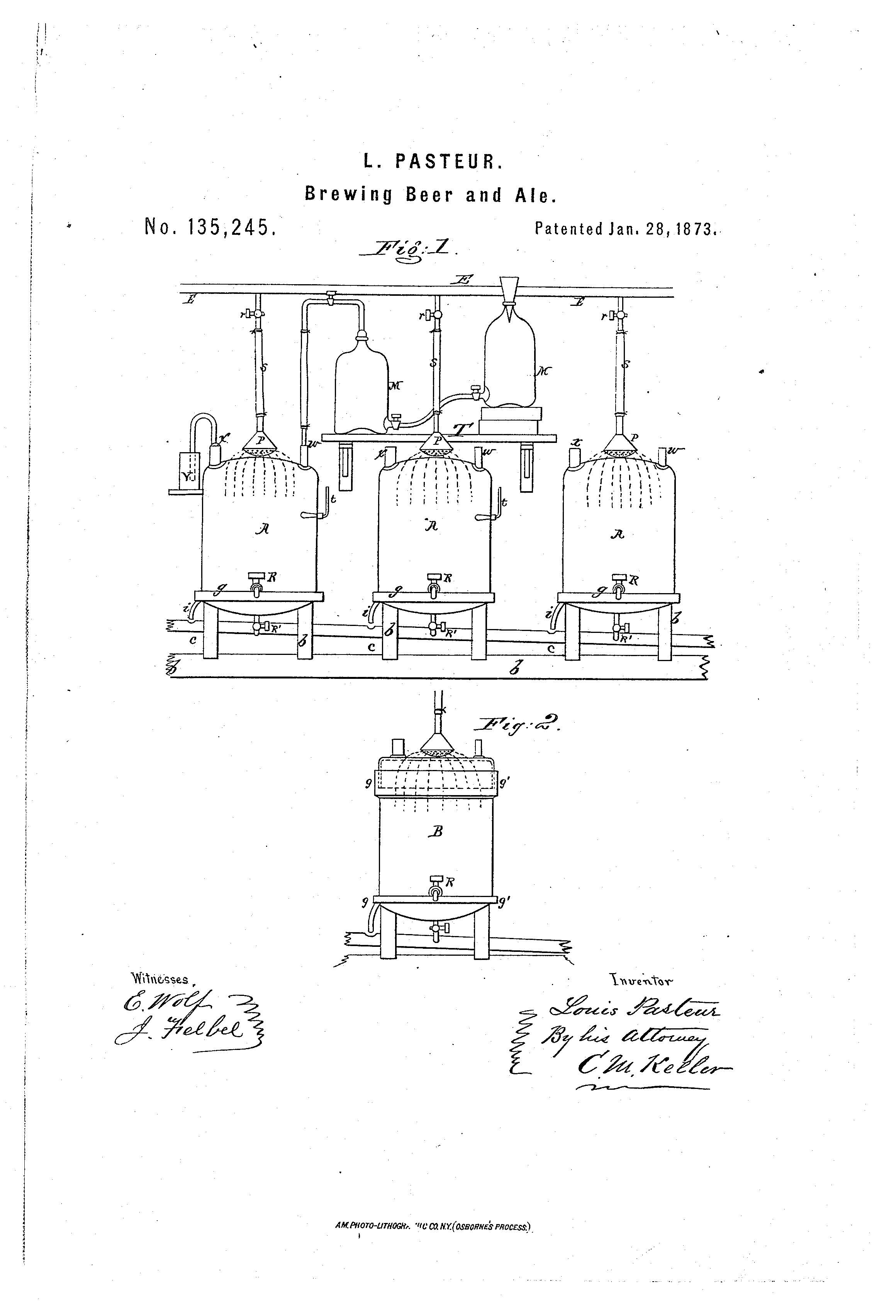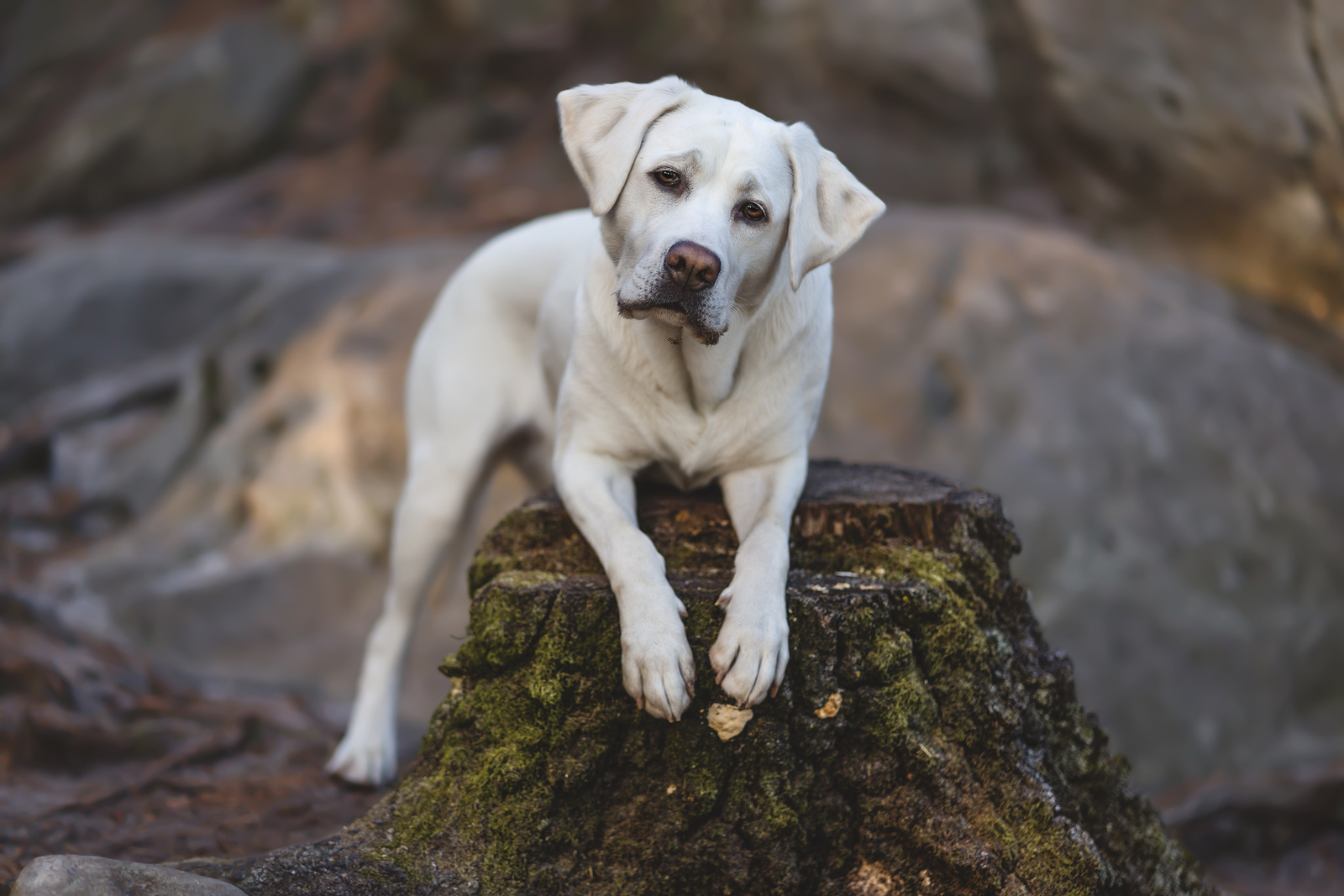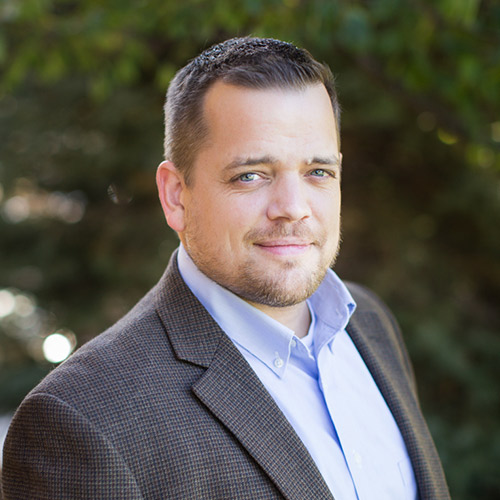Italian Company Wins Trademark for "Steve Jobs"
One of the most recognized names in the world is the late Apple Co-founder and CEO, Steve Jobs. He is known around the world for being on the forefront of technology by introducing Mac computers, the iPhone, iPad, and other Apple products. Now, his name will be associated with an Italian fashion line.
Italian brothers, Vincenzo and Giacomo Barbato started their company in 2012, featuring fashion accessories and clothes. The two brothers needed a unique name that would be marketable for their line. They came up with some ideas and eventually landed on Steve Jobs, a popular name known all over the world. According to the brothers “we did our market research and we noticed that Apple, one of the [best-known] companies in the world, never thought about registering its founder's brand, so we decided to do it.”
Although the products manufactured by the brothers are not in the same category as Apple’s modern technology, their logo has an eerily similar feel to Apple’s logo. The brother’s logo is a “J” with a bite mark taken from it with a leaf on the top. In 2012, Apple sought to challenge the brothers claiming the logo directly infringed the Apple logo.
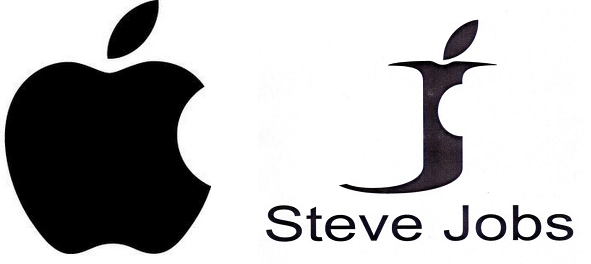
Apple fixated their argument on “calling to mind,” the term used to describe the brother’s marketing technique. It is not illegal and there is not enough legal ground to invalidate a trademark based on that alone. According to the European Union Trademark Office, the letter “j” is not, by nature, an edible item and the connection between the two is considered to be superficial.
The brothers plan to expand their business to include electronics which would be a closer conflict with the tech giant. The brothers stated they “will still respect the name of Steve Jobs: we will not do anything low-level, you will never see the phones or TV shoddy with the brand Steve Jobs.”
According to the brothers, the case was settled in 2014, but they are just now able to reveal they’ve registered the name as their claim on the brand was not settled until 2017.
Fortunately for Apple, the Barbato brothers were refused the mark by the United States Patent and Trademark Office (USPTO) as it would falsely suggest a connection with Steve Jobs of Apple.
Suiter Swantz IP is a full-service intellectual property law firm, based in Omaha, NE, serving all of Nebraska, Iowa, and South Dakota. If you have any intellectual property questions or need assistance with any patent, trademark, or copyright matters and would like to speak to one of our patent attorneys please contact us.
Patent of the Week: Manner of Buoying Vessels Over Shoals
On May 22, 1849, President Abraham Lincoln was granted the patent for MANNER OF BUOYING VESSELS OVER SHOALS U.S. Patent No. 6,469.
This patent was designed to improve the “manner of combining adjustable buoyant air chambers with a steamboat or other vessel for the purpose of enabling their draught of water to be readily lessened to enable tom to pass over bars, or through shallow water, without discharging their cargoes.”
Abraham Lincoln was one of the biggest supporters of labor and intellectual property; he was once quoted as saying “I always thought that the man who made the corn should also eat the corn.”
As an attorney and patent holder himself, Lincoln was involved in all facets of intellectual property from invention to prosecution. He had a profound understanding of the need for patent and copyright protection and the ability to connect intellectual property to a person’s right to the fruits of their labor.
In many of Lincoln’s speeches, he discussed and endorsed the need for greater protection of intellectual property rights. In his 1858 lecture on Discoveries and Inventions, Lincoln stated “man is not the only animal who labors; but he is the only one who improves his workmanship. This improvement, he effects by Discoveries, and Inventions.” This lecture detailed the many achievements that had been accomplished in the areas of “writing and of printing, the discovery of America, and the introduction of Patent laws.” Lincoln commended the patent system, stating that before patent laws were introduced “any man might instantly use what another had invented; so that the inventor had no special advantage from his own invention. The patent system changed this; secured to the inventor, for a limited time, the exclusive use of his invention; and thereby added the fuel of interest to the fire of genius, in the discovery and production of new and useful things.”
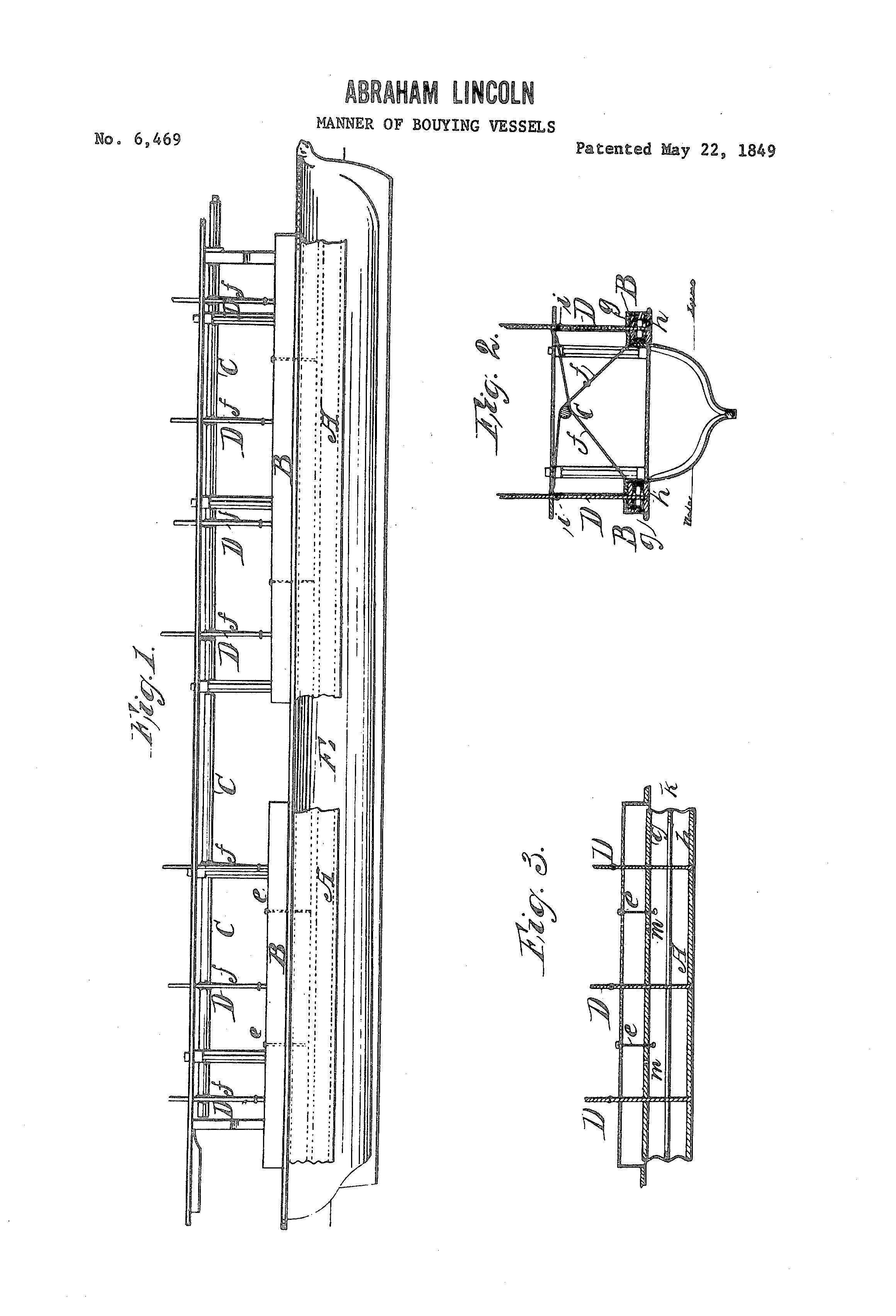
Suiter Swantz IP is a full-service intellectual property law firm, based in Omaha, NE, serving all of Nebraska, Iowa, and South Dakota. If you have any intellectual property questions or need assistance with any patent, trademark, or copyright matters and would like to speak with one of our patent attorneys please contact us.
Fun Intellectual Property Associated with Valentine's Day
Valentine’s Day is here again. To most, Valentine’s Day is the holiday of love and the color red, but for many businesses, Valentine’s Day is the color of green. In fact, Valentine’s Day is one of the nation’s top grossing holidays. In case you missed the endless aisles of heart-shaped boxes, stuffed animals, and pink and red items, you should know that it is big business. This year it is estimated the average person will spend about $143.56 on Valentine’s Day, up from $136.57 in 2017. On a national scale, these numbers add up to around $19.6 billion across the U.S. According to WalletHub, on average, 94% of the population participating in Valentine’s Day will ask for chocolates, $2 billion will be spent on flowers, and over $4.7 billion will be spent on jewelry.
Whether you enjoy the holiday or try to avoid it, we can all get some enjoyment from the intellectual property associated with Valentine’s Day.
What’s more romantic than a heart-shaped pizza with heart-shaped pepperonis and heart-shaped cheese slices? Most might assume that pizza and pizza toppings are not patentable subject matter. Well, they would be wrong! William C. Arbaugh, II was granted two separate design patents for 1) a Heart Shaped Pepperoni Slice (United States Design Patent No. D491,388) and 2) a Heart Shaped Cheese Slice (United States Design Patent No. D491,711) in 2004.
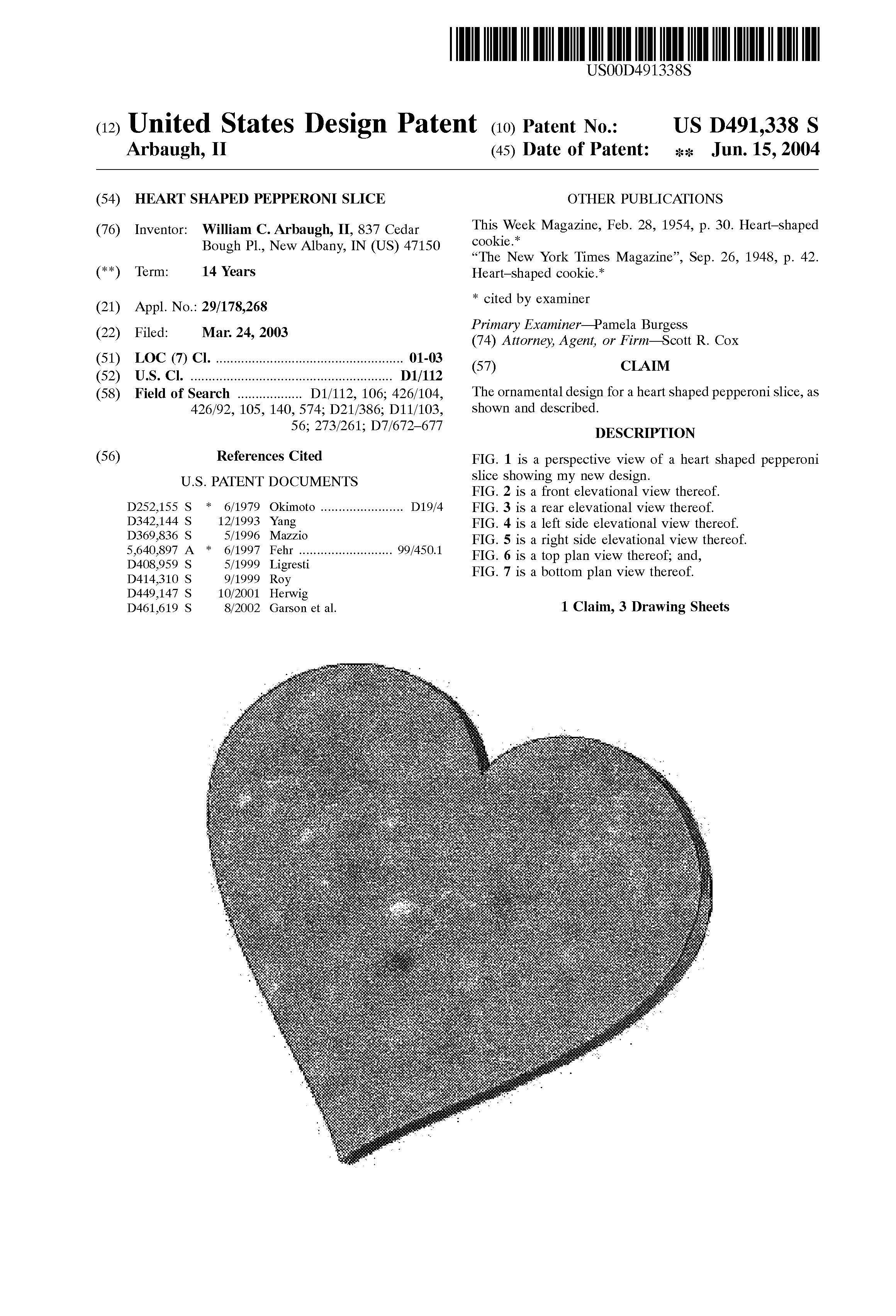
As for dessert, 55% of those who participate in Valentine’s Day will buy chocolate, with the nation averaging $1.8 billion in chocolate sales for the one day alone. Hershey’s® is perhaps the most famous and widely recognized chocolate producer. As one of the most widely recognized chocolate brands, it should come as no surprise that Hershey’s® takes their intellectual property pretty seriously. The company has acquired over 66 trademarks for the HERSHEY name alone. Milton S. Hershey, creator of the chocolate company, did more than produce delicious chocolate, he was also an inventor. Hershey invented and was granted patents for many items, many of which were candy-related. One such patent was for a Candy Holder (United States Patent No. 412,090). The patented product was designed not only to hold candy, but also to be used as a toy holder once the candy had been removed. Hershey also invented and was granted a patent for a Machine for Cutting Candy (United States Patent No. 532,554).
If dinner and candy weren’t enough, $894 million will be spent on Valentine’s Day greeting cards this year. Hallmark®, one of the most popular greeting card manufactures, has over 900 Valentine’s Day card options to choose from. However, for those wishing to branch out and get a little creative with their greeting card, the patented Greeting Card with Electronic Sound Recording (United States Patent No. 5,063,698) may be the Valentine’s Day card of choice! A memory device within the card allows a user to record and store a voice message which may then be played over and over.

Regardless of your plans for Valentine’s Day, we wish you a loving and happy Valentine’s Day! With that we leave you with these parting words from Charles M. Schulz, “All you need is love. But a little chocolate now and then doesn’t hurt.”
Suiter Swantz IP is a full-service intellectual property law firm based in Omaha, NE, serving all of Nebraska, Iowa, and South Dakota. If you have any intellectual property questions or need assistance with any patent, trademark, or copyright matters and would like to speak with one of our patent attorneys please contact us.
Patent of the Week: Climbing or Trailing Rose
On August 18, 1931, Henry Bosenberg was granted the patent for CLIMBING OR TRAILING ROSE US PP1.
The climbing rose or “New Dawn” was the first plant patent granted by the United States Patent and Trademark Office (USPTO). According to the patent application the rose will “acquire considerable length and when given moderate support ‘climb’ and branch out in various directions.” New Dawn was also unique because it had a “true everblooming character” which is a long blooming period that most climbing roses do not have.
One of the most popular species of plants the USPTO sees applications for are roses. In 2016, the USPTO granted 80 plant patents for roses with new and distinct properties. The USPTO has granted over 6,000 plant patents since 1931.
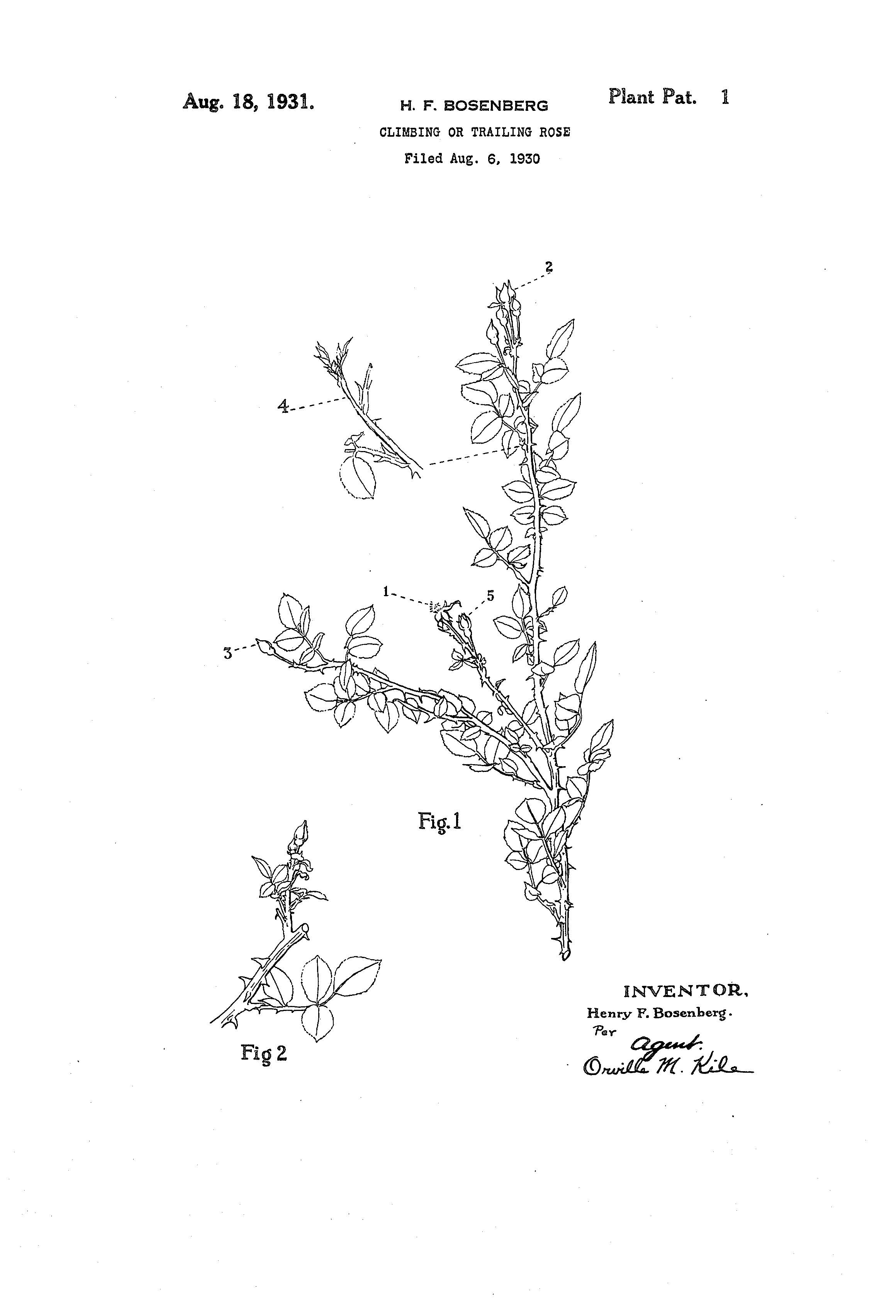
Suiter Swantz IP is a full-service intellectual property law firm, based in Omaha, NE, serving all of Nebraska, Iowa, and South Dakota. If you have any intellectual property questions or need assistance with any patent, trademark, or copyright matters and would like to speak with one of our patent attorneys please contact us.
Be Someone's Perfect Match - Register to be a Bone Marrow Donor 2/14
Be someone's perfect match this Valentine's Day by registering to be a bone marrow donor.
Every THREE minutes someone is diagnosed with blood cancer like Leukemia. Thousands of patients will need a bone marrow transplant to survive. 70% of patients in need of a bone marrow transplant do not have a fully matched donor in their family.
If you are between the ages of 18 - 44 and meet the criteria listed here please consider taking the time to register. A simple, self-administered, cheek swab and two minutes of your time is all that is required to potentially save a life. You are only contacted if you are a potential match.
Suiter Swantz IP, along with Be The Match®, will host a bone marrow registry drive in our office, Wednesday, February 14th from 11 am - 2 pm. Valentine's Day treats will be provided.
If you are unable to attend, but would still like to register, click here between February 14 - March 31 and a swab kit will be mailed to you.
If you have any questions please feel free to contact Emily Benke at 402-496-0300 or eib@suiter.com. To learn more about the bone marrow registry and Be the Match® visit their website at www.BeTheMatch.org
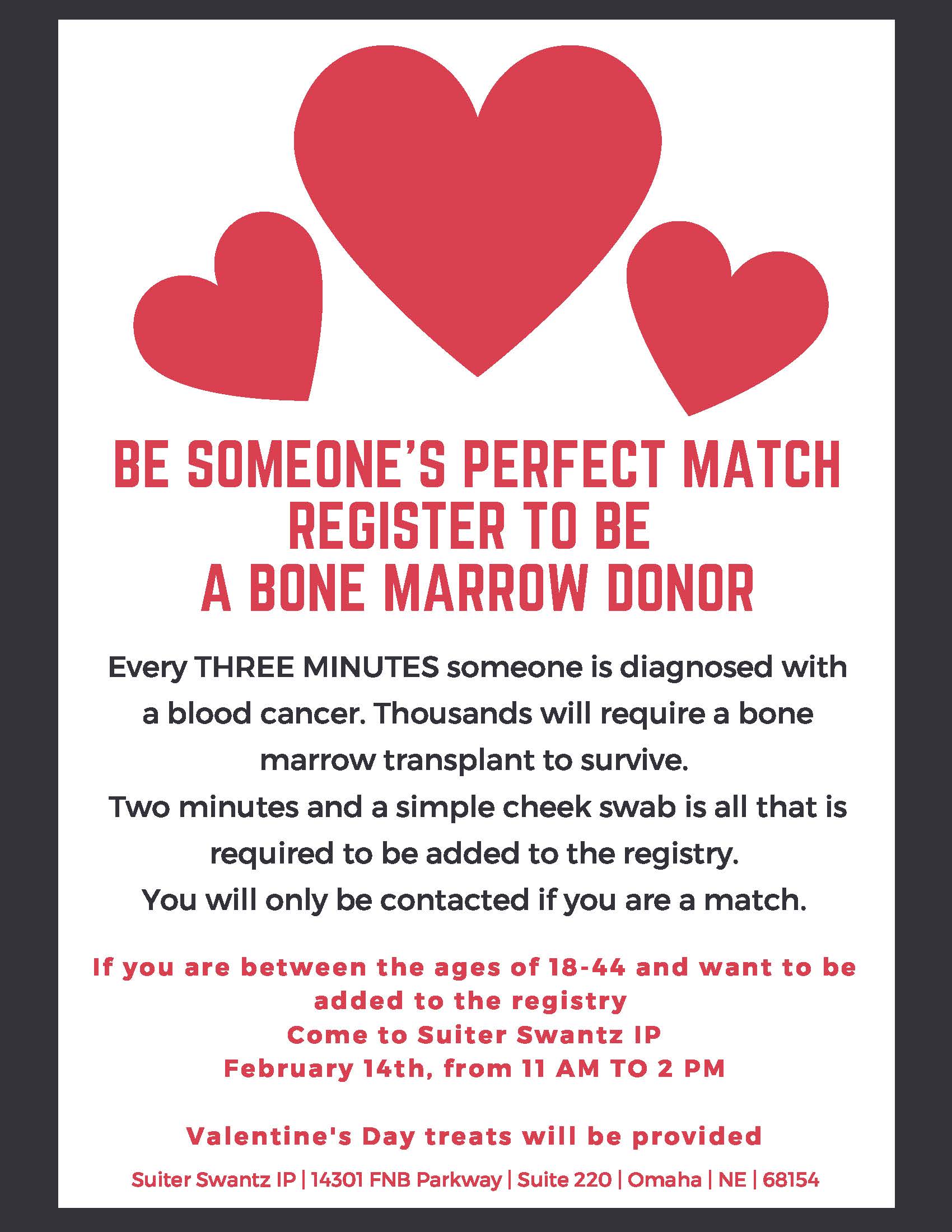
Patent Agents Castro and Toyama will attend 2018 AIPLA Patent Prosecution Bootcamp
Suiter Swantz IP patent agents Kazuya Toyama and Leon Castro are attending the American Intellectual Property Law Association’s (AIPLA) Patent Prosecution Bootcamp. This event touches on the latest in patent prosecution practices and provides hands-on interactive workshops.
The event is being held Wednesday February 7th thru Friday February 9th at the United States Patent and Trademark Office, Rocky Mountain Region, 1961 Stout Street, Denver, CO 80294.
Patent of the Week: Tetrafluoroethylene Polymers (Teflon)
On February 4, 1941, Roy J. Plunkett was granted the patent for “Tetrafluoroethylene Polymers” also known as Teflon®. U.S. Patent No. 2,230,654.
Roy Plunkett worked for DuPont research laboratories in Edison, New Jersey, when he accidentally came across the creation of polytetrafluoroethylene (PTFE). Plunkett and his assistant Jack Rebok were assigned the task of developing alternative chlorofluorocarbon refrigerants. The two chemists made about 100 pounds of Tetrafluoroethylene (TFE), a gas commonly used in refrigeration and tested its chemical reaction. When finished for the day they froze the TFE in pressurized cylinders and when they came back to prepare the cylinders for use, they were effectively empty. Plunkett and Rebok were puzzled by this, they opened the canister to find the TFE had polymerized into a white powdery substance.
Plunket studied the powdery substance further and found its properties to be waxy, slippery, chemically stable and had a high melting point.
Teflon® was originally used by the military in artillery shell fuses and the production of nuclear materials. When Teflon® was first introduced it was expensive to make but now it is found in so many things such as, stain repellent in fabrics, it is used in windshields of vehicles, electrical wires and it is most commonly used in cookware to eliminate food items sticking to the pan in addition to reducing the amount of scratches from cooking utensils.
The properties of Teflon® were also used as an adjective to describe the characteristics of certain people. Former President Ronald Reagan was known as the “Teflon President” because he avoided numerous scandals that plagued his administration. John Gotti, notorious mob boss, was called the “Teflon Don” as he was tried for multiple crimes but none of the charges “stuck”.
In addition to the granted patent DuPont registered the name Teflon® for a trademark and was granted it in 1946.
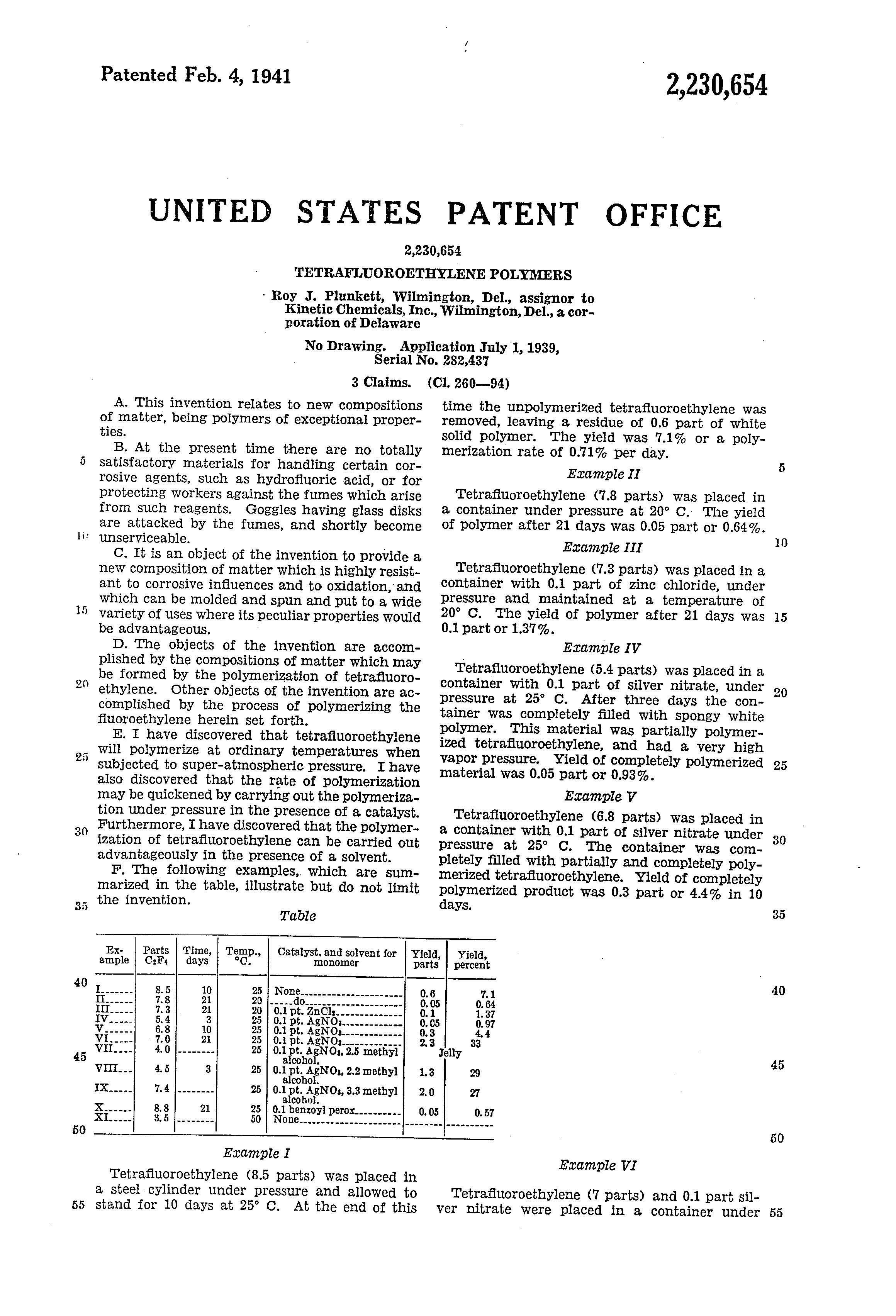
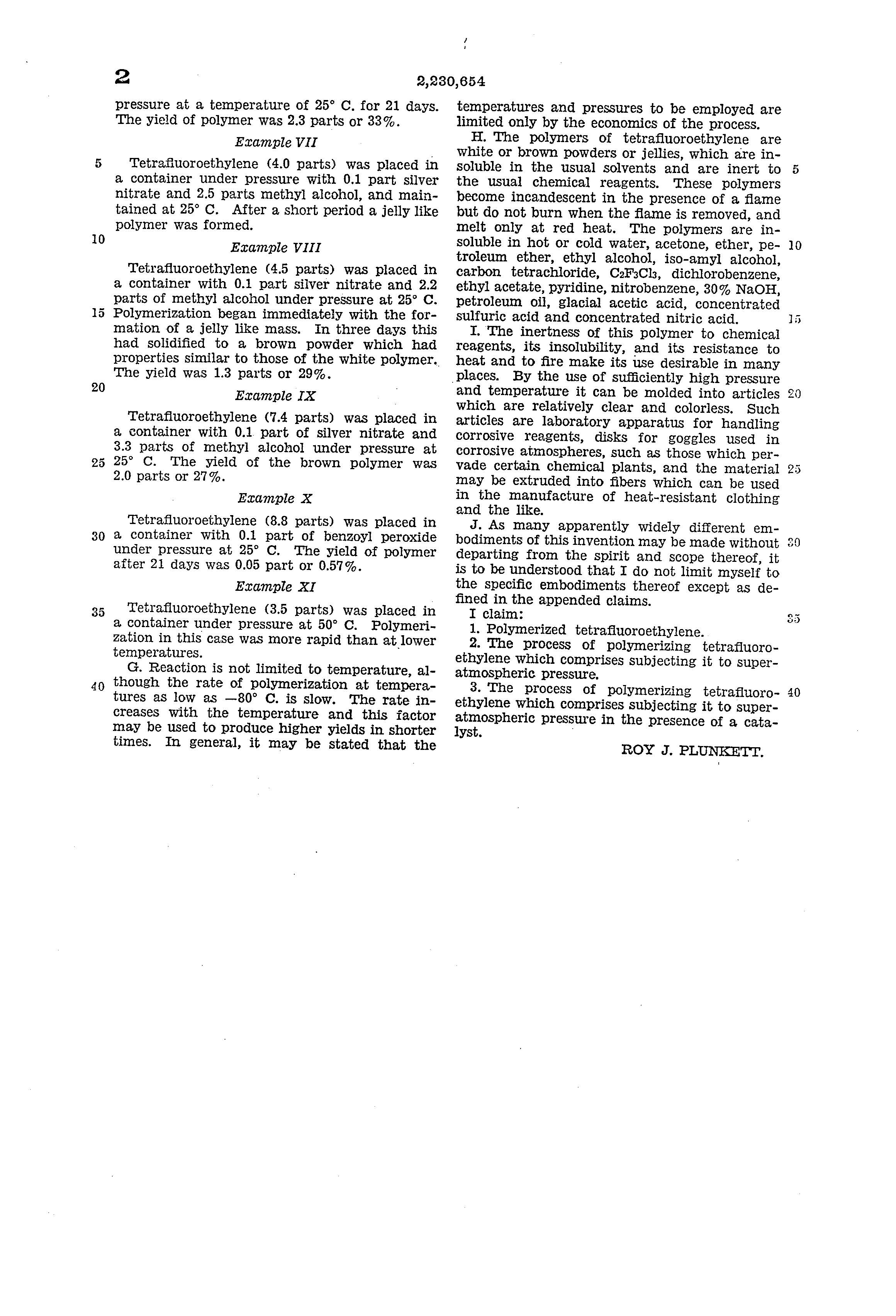
Suiter Swantz IP is a full-service intellectual property law firm, based in Omaha, NE, serving all of Nebraska, Iowa, and South Dakota. If you have any intellectual property questions or need assistance with any patent, trademark, or copyright matters and would like to speak with one of our patent attorneys please contact us.
The Army Opposes NHL’s Golden Knights Trademark
Those who follow the National Hockey League (NHL) are familiar with the league’s new expansion team, the Las Vegas Golden Knights. Known for their winning inaugural season and touching tribute paid to the victims of the Mandalay Bay shooting, they are now known by the Untied States Army for a different reason.
On January 10, the United States Army filed a notice of opposition with the United States Trademark Trial and Appeal Board (TTAB). The Army stated they will be “damaged” if the Las Vegas Golden Knights, owned by Black Knight Sports and Entertainment LLC, are granted permanent use of their trademark.
The Army’s Golden Knights first emerged in 1959 as an elite parachute team. According to the Army’s website, the team earned their name by 1962 due to their superior performance at competitions. “‘Golden’ signified the gold medals the team had won while ‘Knights’ alluded to the team’s ambition to conquer the skies.” The Knights currently use their name and colors for recruiting purposes, entertainment services, and promotional materials. The Army also believes they own “common law rights in color scheme black+gold/yellow+white.”
The NHL team first revealed its name and logo in November 2016, when they filed a trademark registration. The Army expressed opposition to the mark in September 2017.
Bill Foley, owner of the NHL team, graduated from the United States Military Academy at West Point in 1967, and has a strong affinity for the organization, so the inspiration for the team name and branding was not a surprise. George McPhee, General Manager of the team, recognizing this stated, “You know his history at West Point. You know about the classmates he had that he lost serving this country. So those colors mean a lot to us.”
Foley even contemplated naming the team the Black Knights, the name of the Army’s sports teams. To clarify the team’s decision against the name, McPhee tweeted, “We were going to be the Black Knights, but we already have the Blackhawks in the league, so the league was trying to get us to come up with another name, so another name used at West Point is the Golden Knights for the parachute team #NowYouKnow.”
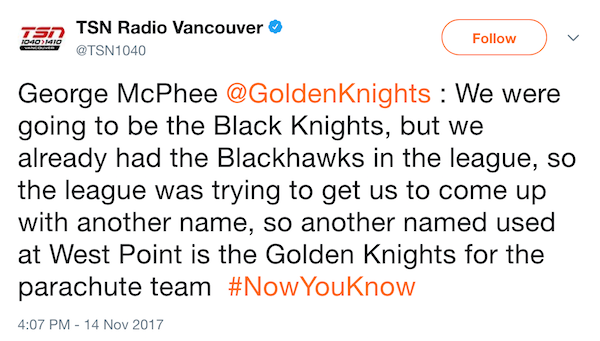
In the opposition, the Army stated the “public is likely to be confused” and falsely draw a connection between the two entities. In addition to the names, the NHL team uses the black, gold, yellow, and white color scheme similar to that of the Army’s parachute and hockey teams.
In a statement, the NHL team said, “we are not aware of a single complaint from anyone attending our games that they were expecting to see the parachute team and not a professional hockey game.”
The Army does not currently have a federal trademark for the Golden Knights unlike UCF (University of Central Florida) and the College of Saint Rose. The College of Saint Rose has also joined the Army in filing a notice of opposition. Initially, the USPTO rejected the Las Vegas Golden Knights logo due to its similarities to the College of Saint Rose, but NHL Deputy Commissioner Bill Daly stated, “it is not our intention to reconsider the name or logo of this franchise.”
"We strongly dispute the Army's allegations that confusion is likely between the Army Golden Knights parachute team and the Vegas Golden Knights major-league hockey team," the team said in a statement. "Indeed, the two entities have been coexisting without any issues for over a year (along with several other Golden Knights trademark owners) and we are not aware of a single complaint from anyone attending our games that they were expecting to see the parachute team and not a professional hockey game. That said, in light of the pending trademark opposition proceedings, we will have no further comment at this time and will address the Army's opposition in the relevant legal forums."
Peter Sadowski, the team’s executive vice president and chief legal officer, said “[t]here is no danger of the team losing its name or logo.”
The team has until February 19 to file its retort to the appeal board.
Suiter Swantz IP is a full-service intellectual property law firm, based in Omaha, NE, serving all of Nebraska, Iowa, and South Dakota. If you have any intellectual property questions or need assistance with any patent, trademark, or copyright matters and would like to speak with one of our patent attorneys please contact us.
Patent of the Week: Brewing Beer and Ale
On January 28, 1873 Louis Pasteur was granted the patent for BREWING BEER AND ALE, U.S. Patent No. 135,245.
Louis Pasteur born in Dole, France was a French chemist and microbiologist. His most notable works dealt with germ theory and the invention of pasteurization.
Many may not know that Pasteur also found cures for chicken cholera, cholera, anthrax, smallpox and rabies. The discovery of the cholera vaccine came in 1879 when Pasteur discovered the chicken cholera pathogens lost their pathogenicity and retained “attenuated” pathogenic characteristics over the course of many generations. The chickens were inoculated with the attenuated strain of cholera and it was discovered the chickens were resistant to the virulent strain. This theory led to the development of other vaccines for diseases such as anthrax, tuberculosis, and smallpox.
Pasteur also helped the beer manufacturing industry with the patent mentioned above. According to the patent application Pasteur’s invention “consists in expelling air from the boiled wort while confined in a closed vessel or closed vessels, and then cooling it by the application of sprays of water to the exterior of such vessel or vessels.” This new method eliminated the exposure of wort, the boiled extract of malt, to atmospheric air. When the wort is exposed to air during the brewing process the quality and the quantity of the beer is impaired.
Suiter Swantz IP is a full-service intellectual property law firm, based in Omaha, NE, serving all of Nebraska, Iowa, and South Dakota. If you have any intellectual property questions or need assistance with any patent, trademark, or copyright matters and would like to speak with one of our patent attorneys please contact us.
Office Hours January 31 at the Brookings Office
Suiter Swantz IP will be holding office hours January 31st at our Brookings office.
Feel free to send Matt an email (map@suiter.com) if you’d like to reserve a time to meet or have any questions.
In addition, meeting times can always be made on an as-needed basis by emailing Matt Poulsen (map@suiter.com).
Suiter Swantz IP
402-496-0300
www.suiter.com
Dogs Use Patent-Pending Technology to Sniff Out Bombs
In the wake of recent tragedies such as the Boston Marathon bombing and the London bombing at the Ariana Grande concert in the Manchester Arena, people are on high alert when attending large events. Thankfully, so are a team of dogs.
Researchers at Auburn University’s College of Veterinary Medicine developed Vapor Wake® dog training, a patent-pending technology for “a highly advantageous method and system for detecting explosive and other illicit substances.”
This technology was developed in response to the attempted 2001 shoe-bombing by Richard Reid. The trained dogs can detect the faintest scent of a body-worn bomb from as far away as the length of a football field. The technology employs Gary Settle’s research on human thermal plumes. – His research indicates that heat naturally emanates from the human body, creating a wave-like motion with the thermal plume moving up as the person stands still and the plume moving backwards as the person moves forward.
Although drug and bomb sniffing dogs have been credited for detecting explosives and thousands of pounds of drugs, their methods can be somewhat flawed as they are trained to detect items based on narrow search parameters. If the dog’s handler does not instruct the dog to sniff every single person or every single item it passes, it will not typically alert to an explosive or drugs.
The Vapor Wake® system, however, is unlike other detection methods because, as the patent application describes, “when the canine detects a trained scent, the canine leads the handler to or follows behind the carrier of the item with the scent.”
These dogs are unique compared to other K-9s because they are born and raised at Auburn University. In their first year of life, they receive socialization training and Vapor Wake® training until they are about 18 months old. They are then paired with a handler for a seven-week joint behavior training course. Once that training is complete, the dogs are ready to put their skills to the test.
Their extensive training enables these dogs to work calmly and efficiently in large crowds while screening dozens of people at one time. Large metropolitan areas such as Chicago and New York City have employed the Vapor Wake® dogs as well as Amtrak, Disney World, Disney Land, concert arenas, and sport stadiums. Apple has even employed the dogs to work at their major launch events. Vapor Wake purposely use Labrador retrievers due to their approachability and their ability to work and maintain focus for long periods of time.
Paul Hammond, President of VWK9, the commercial side of Vapor Wake®, said “the reality is that the terrorist is always evolving and the new threat is the smaller device being body-worn and hidden and transited into an event. These bombs are only emitting a small amount of explosive particles. So traditional bomb dogs really struggle to protect against a bomber in transit. People will try to beat a metal detector or sneak things into luggage at airports, but when it comes to a dog they don’t try. They do not want to take on a canine's sense of smell."
To keep the dogs’ sense of smell refined, the University trains them rigorously, and reviews and recertifies them on a yearly basis. When the dogs are ready to retire, the University enters them into an adoption program where they are carefully screened and matched with a permanent home.
Matt Poulsen to Mentor Nebraska Center for Entrepreneurship's 48-Hour Challenge
Matt Poulsen, owner and patent attorney for Suiter Swantz IP, will be a mentor for the Nebraska Center for Entrepreneurship's annual Start Something 48-Hour Challenge. This event will occur over the weekend of January 27-28 at the College of Business, 730 N. 14 St., Lincoln, Nebraska (14th & Vine Streets).
Students will brainstorm ideas and develop a business model with guidance from business leaders, coaches and mentors. They will present their business plan to a panel of judges Sunday the 28th at 5:30.
Click here for more information.


